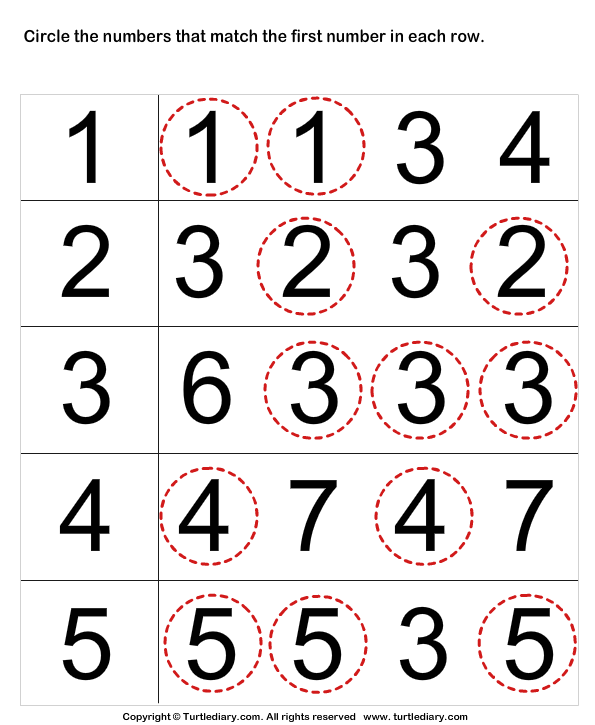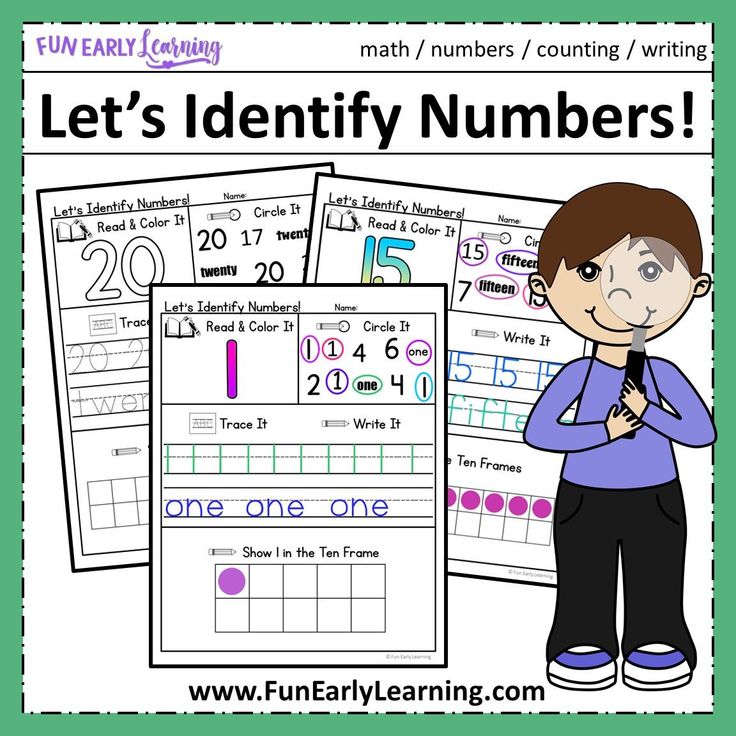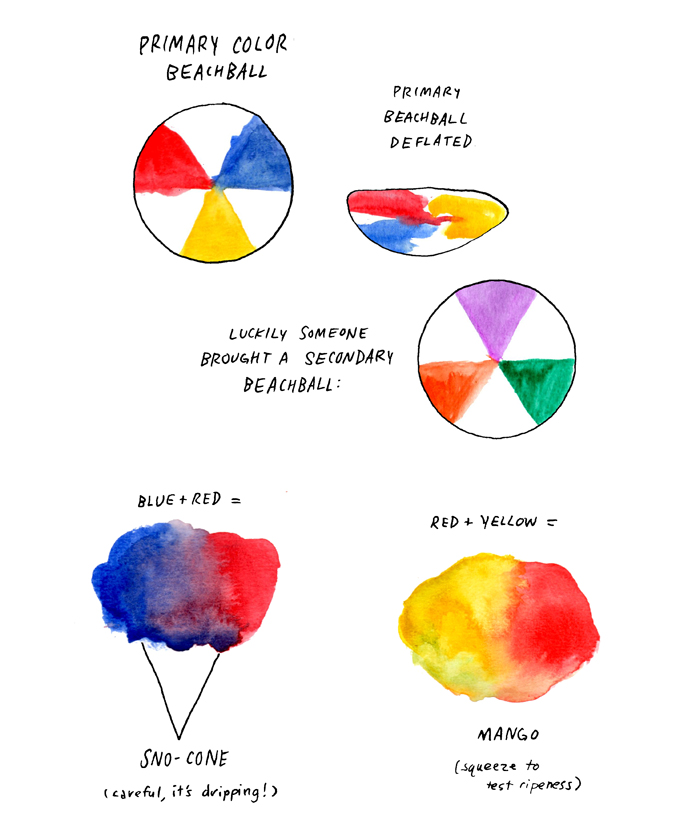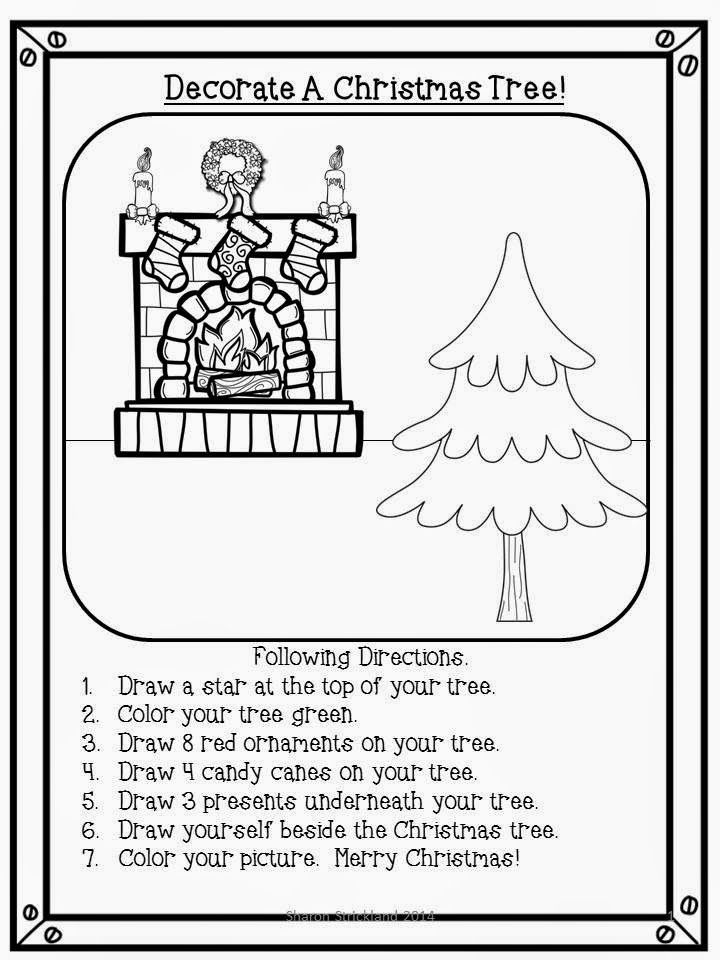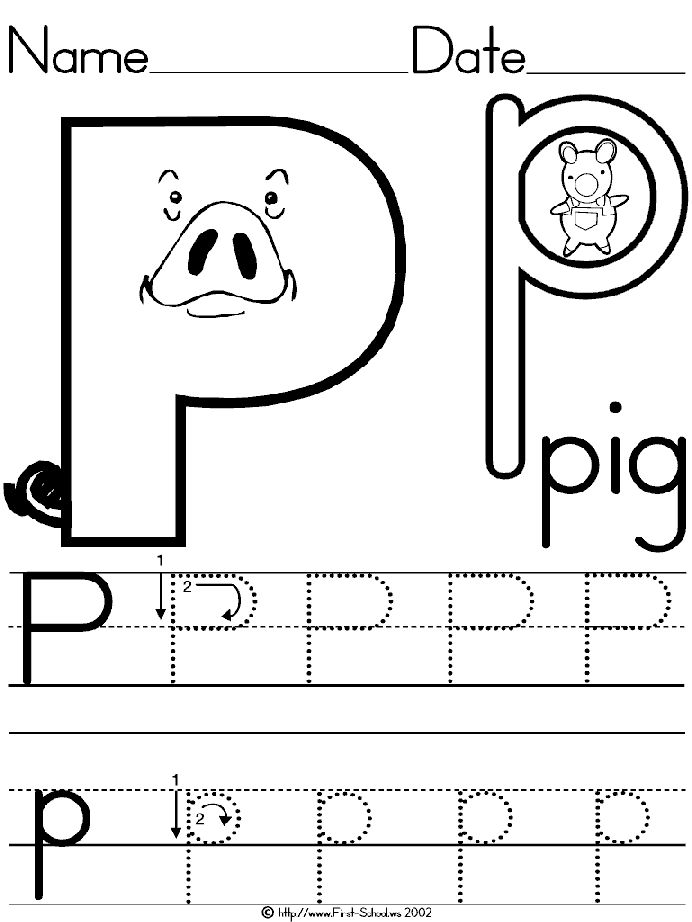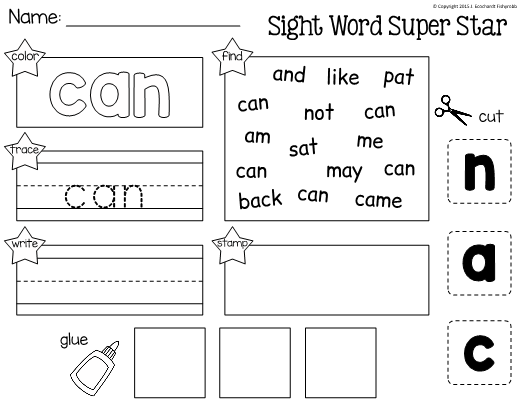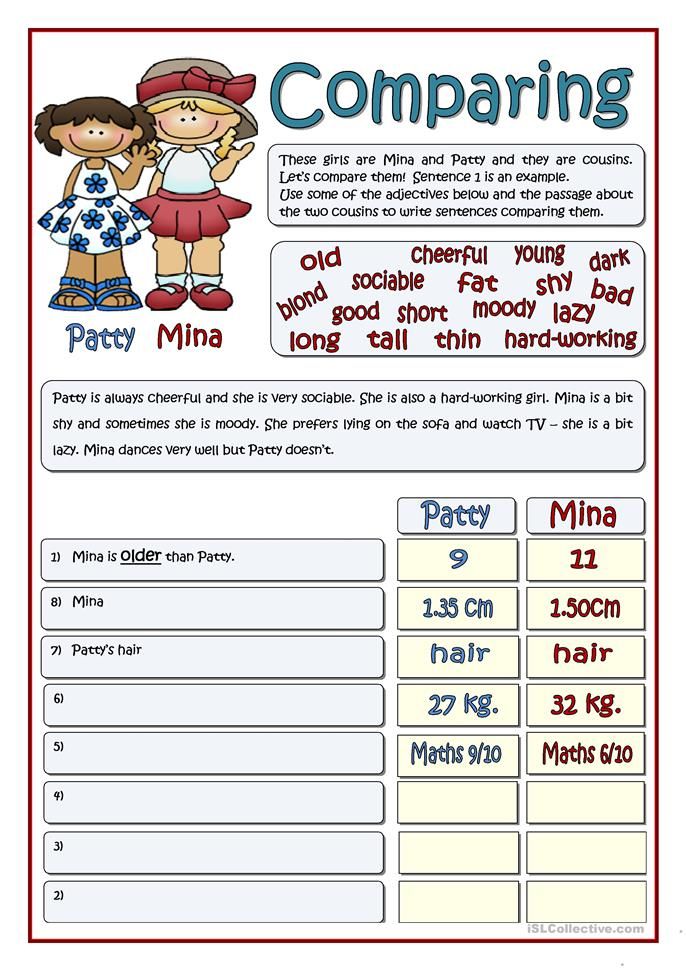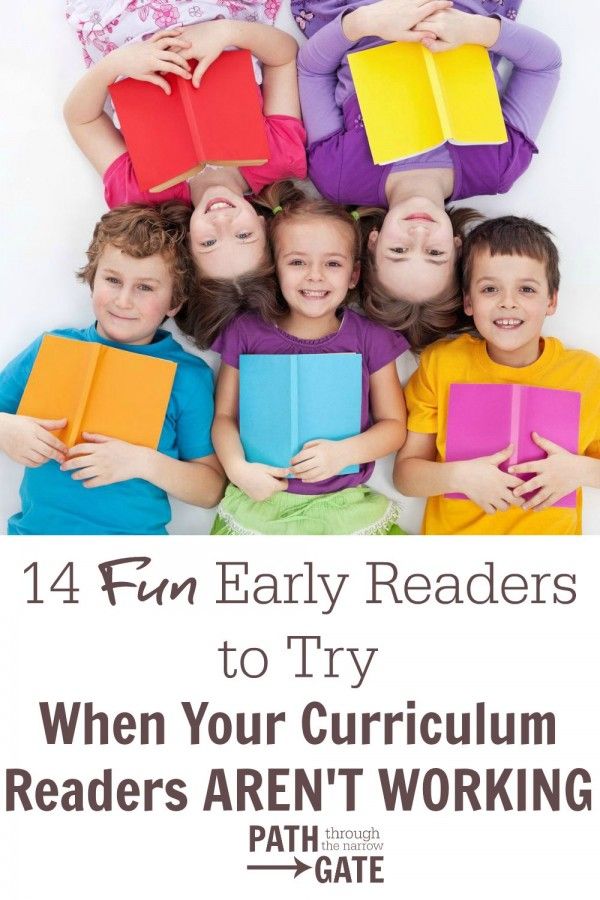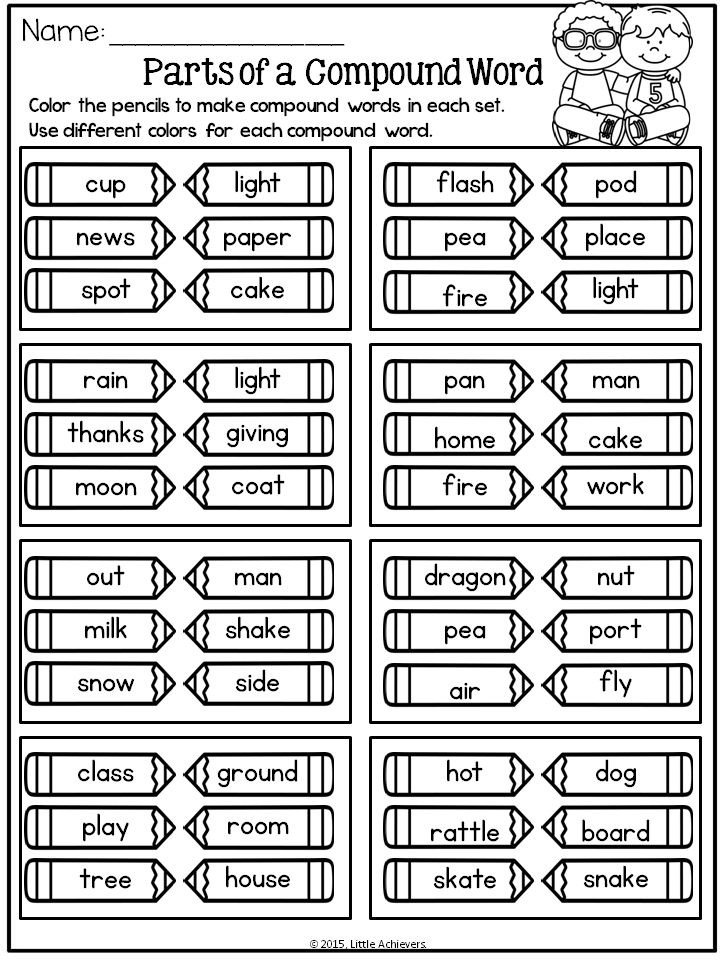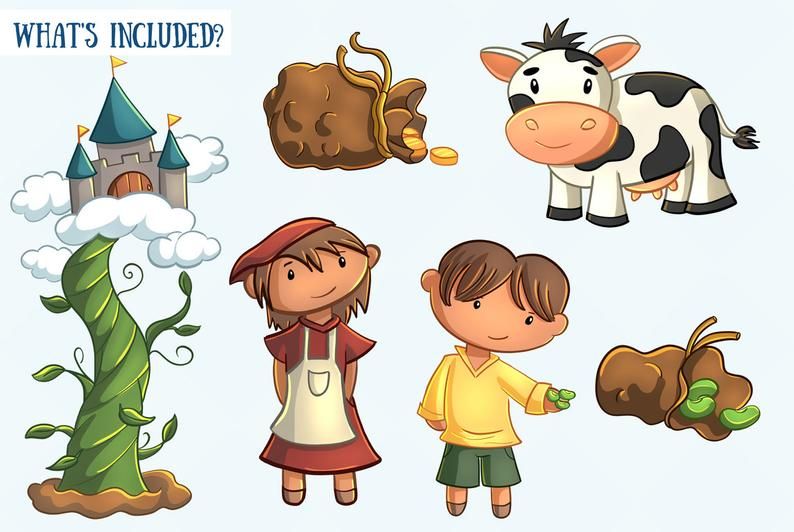Number identification game
10 Number Recognition Games
Number recognition is a key skill to learn during the early years, and there are many ways in which you can encourage this in your early years setting. We’ve already explored activities to support the development of numeracy skills in general; in this article we’ll concentrate specifically on helping children to learn their numbers.
When planning number recognition activities, there are a few points to keep in mind:
- Make sure you have plenty of relevant resources available (e.g. number beads, blocks, stickers, cutters, stamps etc.), as well as visual cues (e.g. posters on the walls).
- As well as using numerals it’s also helpful to look at other representations of numbers with the children, including words and tallies.
- Try to make number activities fun in order to nurture a positive approach to maths.
1. Number bubble game
Draw lots of chalk circles on the ground outside, with a number inside each (1 to 5 or 1 to 10, depending on how much space you have), distributing them evenly so that you end up with several 1s in circles, several 2s in circles, and so on (make sure you have enough for each child playing the game). Call out a number and each child has to find a circle (bubble) with that number and stand in it. Make it more fun by blowing bubbles over the children in between each round.
Take a small group of children out for a walk around the neighbourhood – or perhaps combine it with a visit to the local park – hunting for numbers along the way. There should be plenty of opportunities for number spotting, for example on front doors, gates, buses, cars, posters etc. Get the children to call them out when they see them.
A number hunt is a great way for children to practice number recognition outside your setting
3. Giant dot-to-dotMake your own giant dot-to-dot in the playground, by chalking numbers on the ground that the children have to connect in the right order to make a shape or picture. For younger children stick to simple shapes using fewer numbers; for older children you can make it a bit more difficult.
Sign Up to Receive this 20-Part Activity Email Series
4.
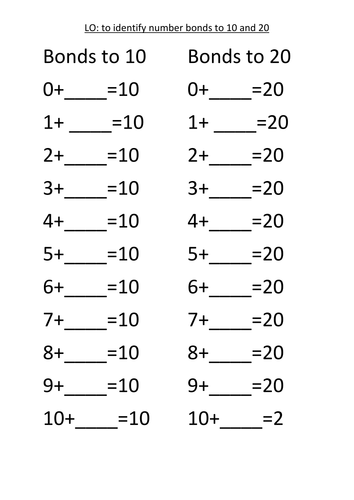 Conker count
Conker countGo to the park and collect some conkers. Back at the nursery, draw the numbers 1 to 10 on the ground in a row with chalk, using both numerals and words, and get the children to line up the right number of conkers underneath each one. (Obviously outside conker season there are plenty of other objects you could use for this activity, eg petals, leaves or items from inside.)
5. Dice tallyTake a sheet of card and make a grid of six squares, labelling them 1 to 6 using both numerals and words. Roll a die and keep a tally in the squares of how many times each number comes up. Children could do this individually, each with their own separate grids, or in pairs or small groups using the same grid but their own dice. You could turn it into more of a game by adding a competitive element.
Recognising and tallying the numbers rolled on dice is another good skill to develop
6. Musical number tiles
This is a musical variation of the bubble game.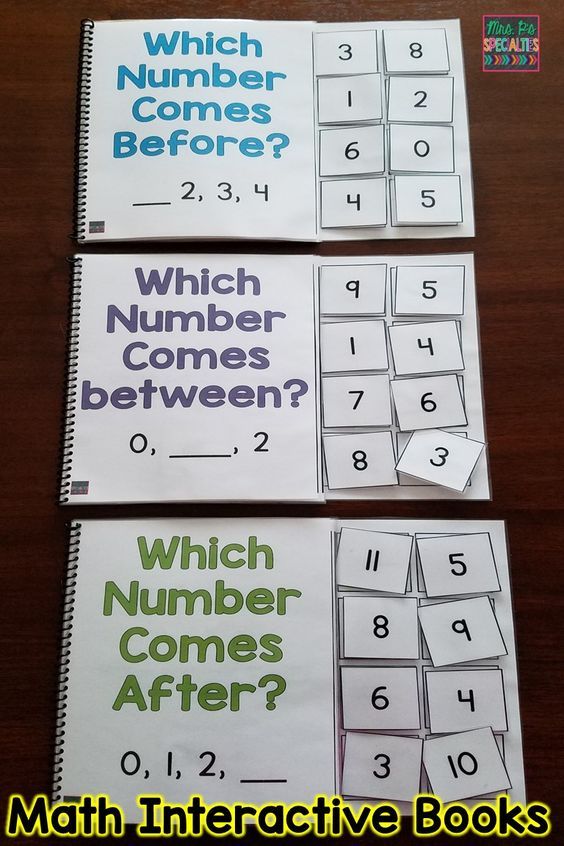 Lay out some foam number tiles on the floor, making sure you have plenty for all of the children playing (if you don’t have foam tiles, make your own using some card but tape them down so that they don’t slip). Play some music and get the children to dance around; when the music stops, call out a number and they have to jump onto a corresponding tile.
Lay out some foam number tiles on the floor, making sure you have plenty for all of the children playing (if you don’t have foam tiles, make your own using some card but tape them down so that they don’t slip). Play some music and get the children to dance around; when the music stops, call out a number and they have to jump onto a corresponding tile.
Using some number shape cutters, make some sets of number biscuits with the children and then use squeezy icing to stick the right number of decorations onto each biscuit (e.g. eight raisins on the number 8, three raspberries on the number 3 etc).
Help the children make biscuits with different numbers of decorations, counting them out as you put them on
8. Beanbag toss
Here are a couple of ideas for throwing games to help with number recognition. One is to get a set of buckets and label them 1 to 5 (or 1 to 10), then the children have to try and throw the right number of beanbags into each; another is to use a target mat and the children have to try and land the right number of beanbags in each numbered segment.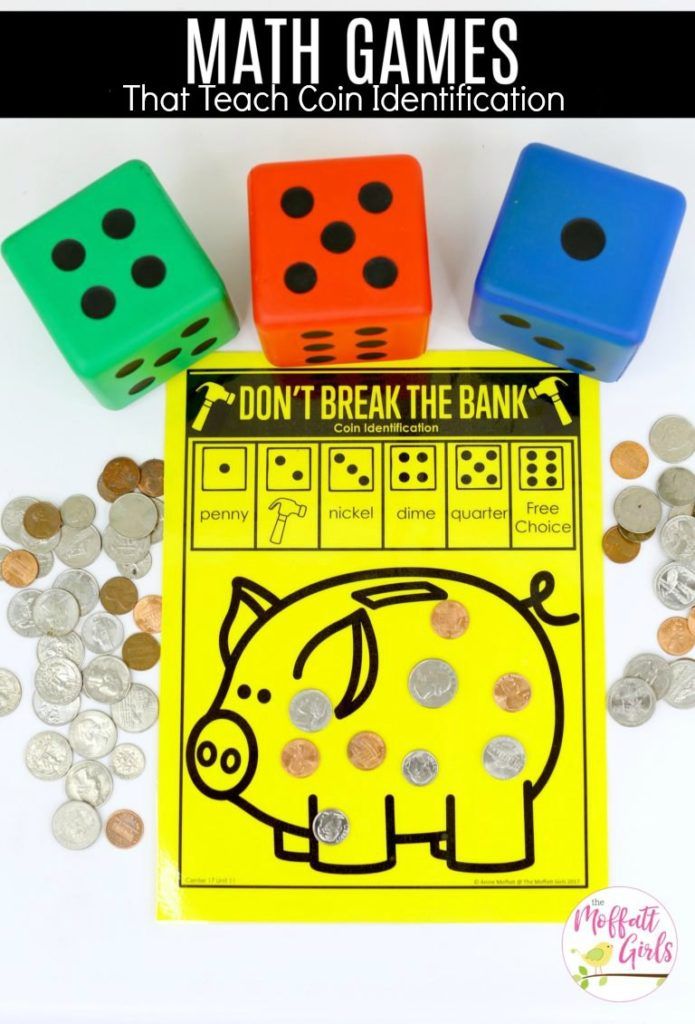
For this activity you’ll need ten paper plates, some coloured pens and some coloured beads. Write the numbers 1 to 10 on the plates, using a different colour for each number. Get the children to put the right number of beads onto each plate; this works particularly well using coloured beads that correspond with the colours used to write the numbers, as it gives the children a strong visual cue.
10. Number craftsThere are lots of ways in which you can incorporate number recognition into craft activities. One idea is to draw some outlines of ladybirds on a piece of paper, then number them and get the children to add the right number of spots to each. A couple of variations on this include drawing birds and sticking on tail feathers, or drawing monsters and sticking on googly eyes.
One option for a number craft is sticking the correct amount of spots on a ladybird
Related Itemscognitive developmentnumbersnumeracy
Number Recognition Games for Kids Online
Number Recognition Games from SplashLearn bring out the hidden talent of kids in a fun and exciting way.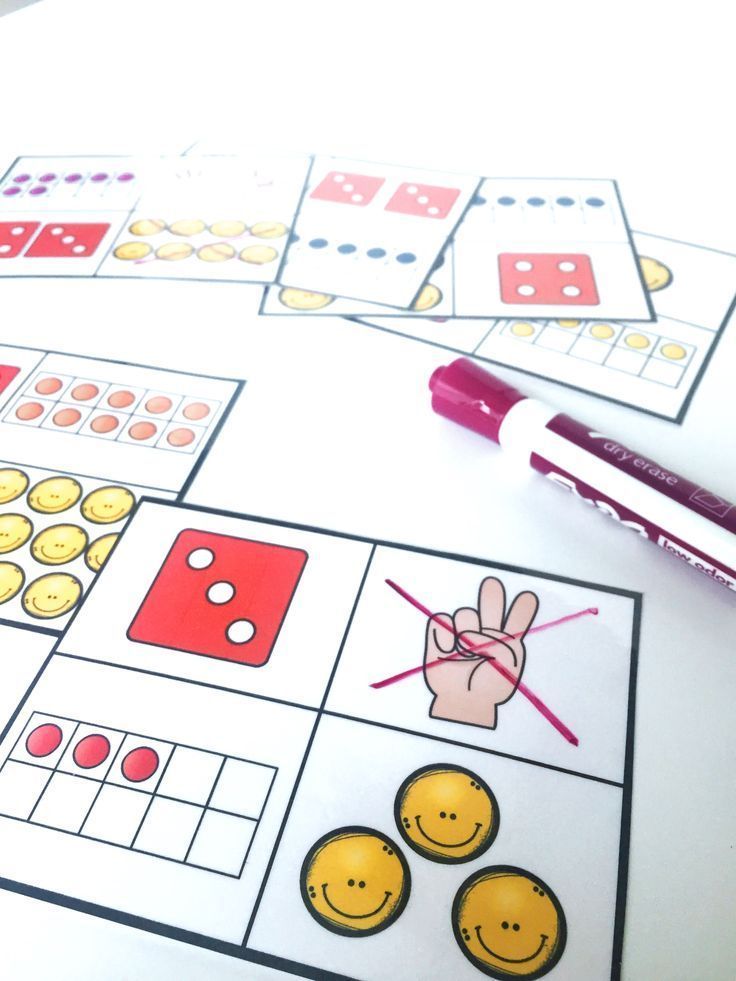 Learning tricky maths becomes easy with these games. And, for a parent, nothing can be more soothing than watching kids practice maths on their own. Since these games are self-explanatory and fun, kids engross themselves in activity, and their educational needs get fulfilled. Grab a comfy seat, as you will soon explore some best ways to make your kids love mathematics.
Learning tricky maths becomes easy with these games. And, for a parent, nothing can be more soothing than watching kids practice maths on their own. Since these games are self-explanatory and fun, kids engross themselves in activity, and their educational needs get fulfilled. Grab a comfy seat, as you will soon explore some best ways to make your kids love mathematics.
Mathematics is one of the most challenging subjects your child will ever encounter in life. Maths is all about numbers. The faster kids recognize the numbers, the easier it will be for them to understand mathematics. SplashLearn Number Recognition Games help the kids learn numbers in an exciting and fun way. Check the following sections to know more.
Fun and Games with Numbers!SplashLearn's interactive and educational Number Recognition Games encourage your kids to learn mathematics and improve their grades. The following are some unique ways to make learning fun:
- Click Pictures & Match - Let your kids click pictures of various objects like monkeys, pigs, etc.
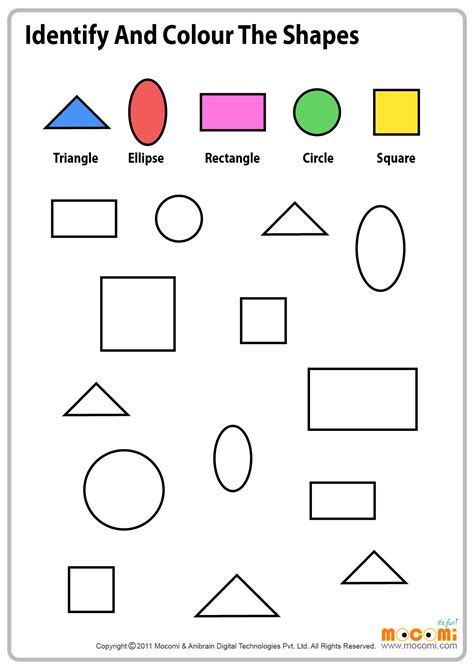 , in a photo farm. The visual images are attractive and funny. After clicking the pictures, they count the number of objects in each image and match the number with its corresponding written number. This is an excellent educational and fun game for recognising numbers.
, in a photo farm. The visual images are attractive and funny. After clicking the pictures, they count the number of objects in each image and match the number with its corresponding written number. This is an excellent educational and fun game for recognising numbers. - Match The Number Cards - Match The Number Cards is a unique game that hooks your child's attention through vivid imagery. As the character in the game throws a number card, kids need to match it with the displayed number. They can proceed to the next step only after matching the correct number.
Besides these games, kids can also play games like Spot The Numbers and Identify The Number Cards to sharpen their mathematical skills in a fun way.
Overcome your kids’ Challenges via Games on Number RecognitionWhile it is true that Number Recognition Games are attractive and straightforward, kids may feel overwhelmed by the vivid imagery. They may also confuse numbers like 6 and 9, 2 and 5, 1 and 7, etc.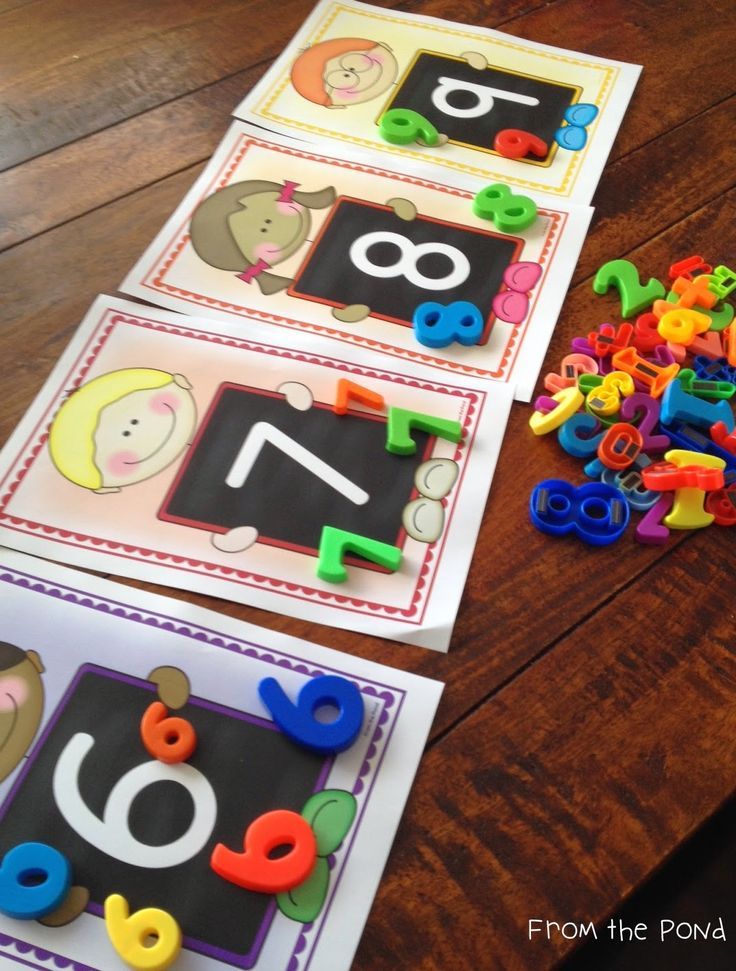 Another challenge they may face is retaining the numbers in their memory.
Another challenge they may face is retaining the numbers in their memory.
The best way you can help kids overcome these challenges is by supporting them as they perform fun tasks. Encourage them as much as you can, as a bit of encouragement can make them stay focused.
Another technique that may help them remember the numbers is through repetition. Since SplashLearn allows you unlimited access to these games, you can make them play frequently. Remember, the more they practice, the better they remember.
ConclusionRecognizing numbers is a crucial mathematical skill that kids learn at an early stage. If your child has been struggling to grasp the concept of numbers, allow them to play SplashLearn's interactive online Number Recognition Games. These games enrich their knowledge in a fun and exciting way.
Let us know how you teach the concept of number recognition. Write to us at [email protected] with your feedback and comments.
Try SplashLearn for Free
Didactic games in mathematics lessons
"Living Corner"
Didactic goal: familiarizing children with the method of education numbers while fixing the spatial orientation, concepts "more less".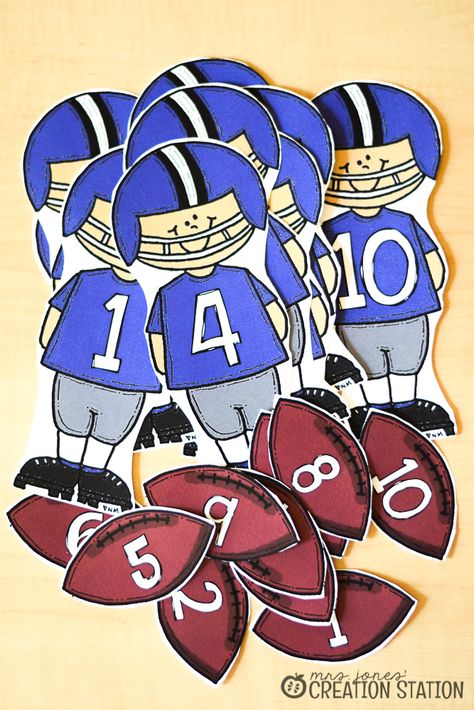
Teaching aids: study of animals.
Content of the game: the teacher says: “In our living corner rabbits live: gray and white, rabbits gnaw on carrots. How many rabbits gnaw carrot? (two, the answer is fixed by showing the number 2). Name the rabbits nibbling carrots? (gray and white). Another rabbit ran up to them. What changed? (there are more rabbits) How many rabbits eat carrots now? (three, the answer is fixed by showing the number 3) List them (one white and another white, and one more grey, three in total). Which rabbits are more white or gray? (white) Why are there more of them? (there are two of them, and two is one and one). Why 2>1? (two goes with the count after number 1). The formation of subsequent numbers can be considered similarly.
"Best counter"
Content of the game: teacher on The magnetic modeler places from 1 to 10 drawings by sectors, respectively. Opening each sector in turn, the teacher invites the children to count the number drawings and show the correct number.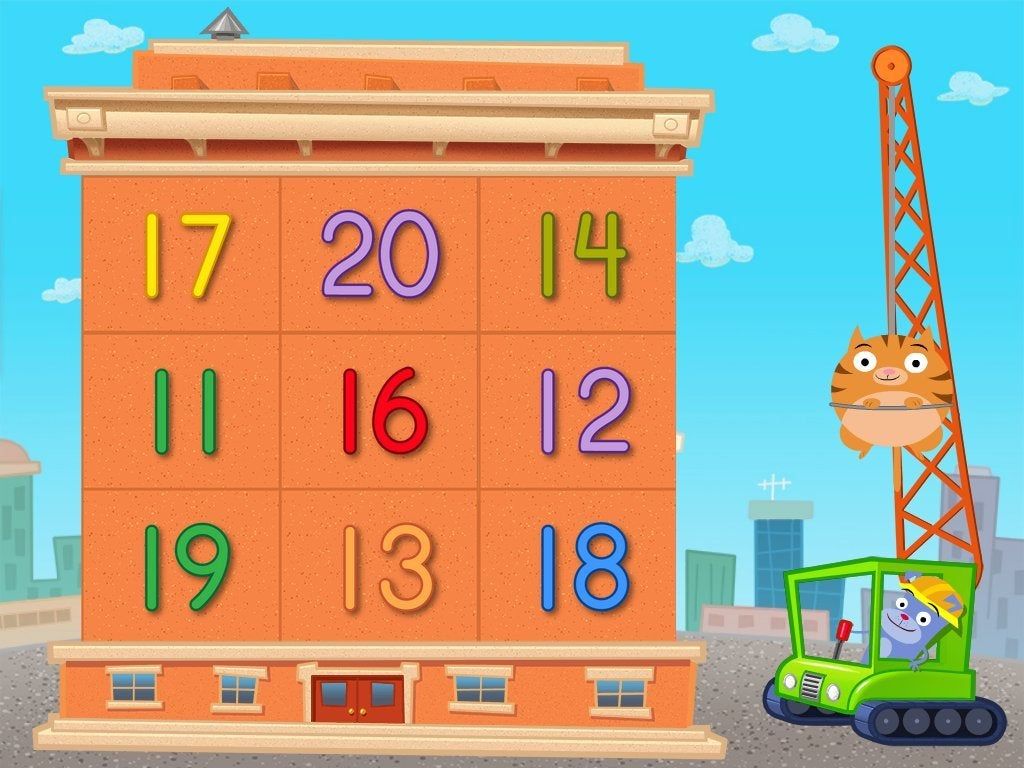 The one who counts first is called the best. counter. Then the teacher shows the numbers in a row, and the students - the corresponding number of drawings in the sectors of the circle. As a result of the game, the teacher opens 2 sectors, offers to compare the number of drawings in them and determine where the items less and by how much.
The one who counts first is called the best. counter. Then the teacher shows the numbers in a row, and the students - the corresponding number of drawings in the sectors of the circle. As a result of the game, the teacher opens 2 sectors, offers to compare the number of drawings in them and determine where the items less and by how much.
Claps
Content of the game: the teacher magnetic modeler places from 1 to 10 drawings in sectors. Opening by turns sector by sector, offers to count the number of drawings and signal to clap as many times as there are open drawings, and show the desired number. (The teacher sets the rhythm of clapping).
"Numbers running towards each other"
Didactic goal: getting to know the composition of the number 10.
Content of the game: the teacher invites children to write down numbers from 1 to 10 in order and arcs to show two numbers that run towards each other, forming a total of 10. Then he asks to write down examples to add to these numbers.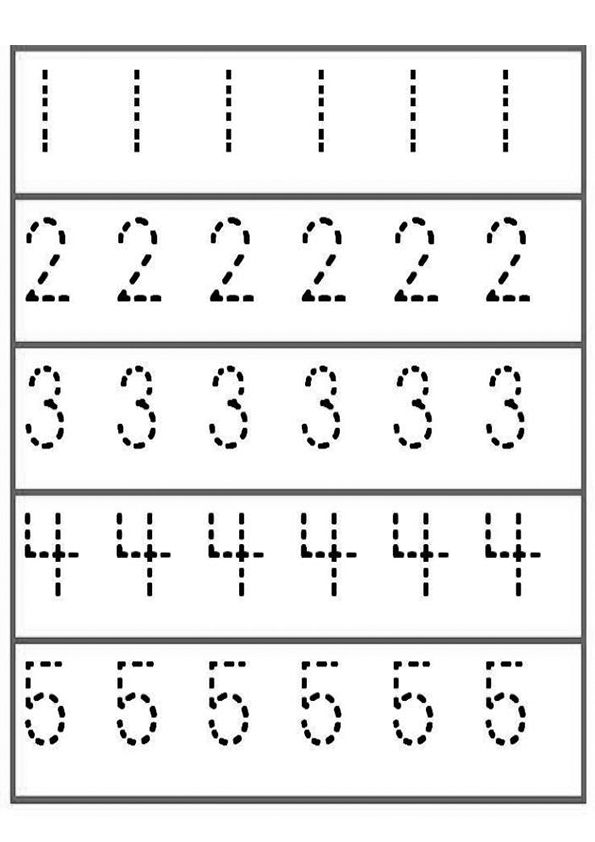
For example:
0 1 2 3 4 5 6 7 8 9 10
0 +10 = 10 - 10 + 0 = 10
1 + 9 = 10 - 9 + 1 = 10
something interesting you noticed when making examples? Children answer that the numbers in the same places on the right and left in the number row, add up to the number 10 "
" Mathematical relay race "
Didactic goal: Familiarization with the formation of numbers from ten and units.
Teaching aids: 10 circles and 10 triangles from attached to the mathematics textbook for grade 1.
Content of the game: the teacher divides the class into 3 teams in rows and conducts a competitive game. The first student from the first team illustrates the number using circles and triangles, the second from the same team calls indicated number, the third - its composition, the fourth shows the number on cards.
Similar exercises are performed from the second and third teams. The team that makes no mistakes or makes fewer mistakes wins. number.
number.
When studying the numbering of numbers within 100, the task is to to learn how to count and write numbers. Establish communication between oral and the well-known game Silence will help with written numbering.
Content of the game: the teacher illustrates on the abacus or cards two-digit numbers, and students designate them using split numbers and show silently to the teacher or write them down in a notebook.
“How did Seryozha get confused?”
Serezha learned to write numbers within a hundred. One day in the evening, father put 4 sticks on the left and one dozen on the table in front of Seryozha connected sticks on the right and asked the boy to write how many sticks in total. Serezha wrote the number 41. Did Serezha write the number correctly? How did he reason?
"Gifts of Petrushka"
Didactic goal: to introduce the composition of the number 5.
Teaching aids: illustrations of Petrushka, Dunno and Merry Pencil; balloons cut out of colored cardboard.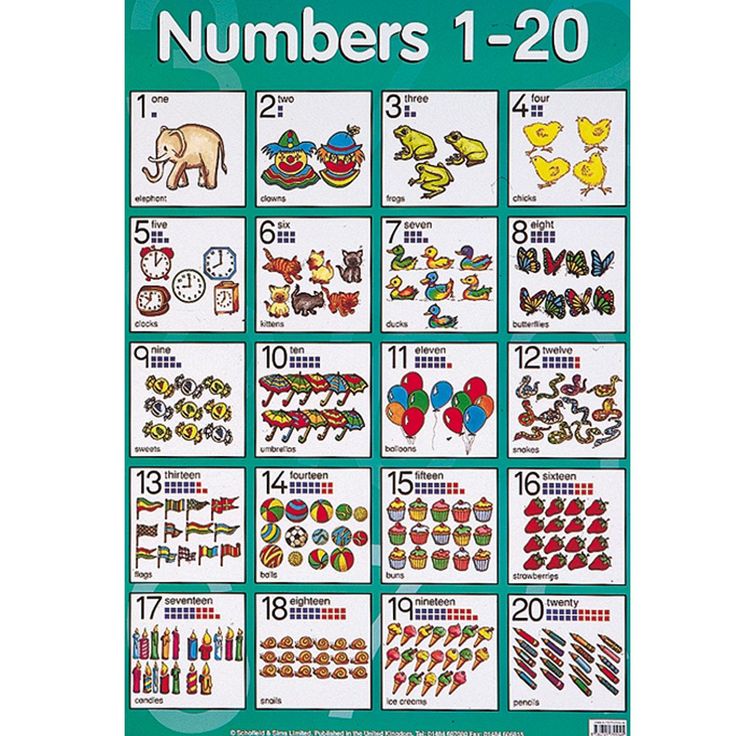
Content of the game: the teacher announces that he will visit the lesson Petrushka came with balloons and his friends came with him. Dunno and Cheerful Pencil (illustrations depicting fabulous heroes). Parsley decided to give balloons to Dunno and Cheerful Pencil. How is he can you donate them?
Children list possible combinations of the number five and illustrate at the blackboard and then write in a notebook. At the end of the game, the most active children are encouraged.
“Let's decorate the Christmas tree with toys”
Didactic goal: getting to know the composition of the number 10.
Teaching aids: drawing a Christmas tree; small illustrations Christmas trees for students.
Content of the game: the teacher says that the New Year is coming soon. And everyone will decorate the tree. And you and I also need to decorate the Christmas tree. Our tree is mathematical. A poster with a Christmas tree is hung on the board. At the top is a star number 10.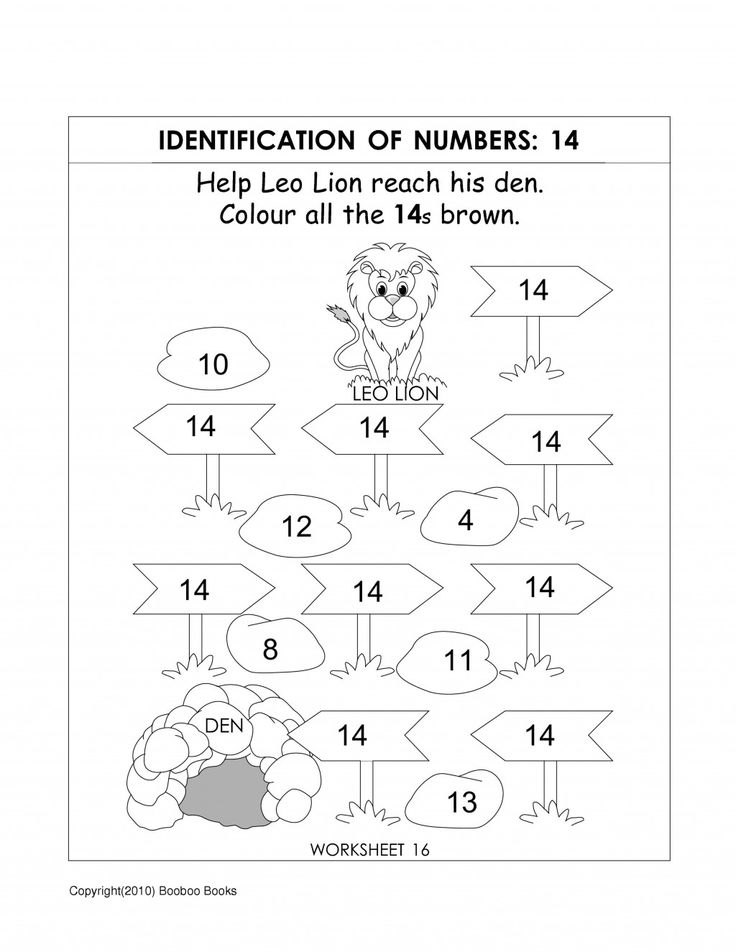 But not all branches are decorated with toys, you need to hang the missing ones balls so that on each tier the sum of the numbers is 10. Children go to board and decorate the Christmas tree. The teacher should encourage weak children.
But not all branches are decorated with toys, you need to hang the missing ones balls so that on each tier the sum of the numbers is 10. Children go to board and decorate the Christmas tree. The teacher should encourage weak children.
"Chain"
Content of the game: teacher puts for each row (team) on the stand of the board cards depicting numbers of the form:
Students of each row (team) count the units of each category and call the illustrated numbers in a chain (first, the student of the first, then the second and third teams). Then the teacher puts other cards, illustrating the numbers of the second ten and the students call them in a chain. The game continues in the same way.
The team that makes the fewest mistakes wins. formation of two-digit numbers. To sum up the game, the teacher notes in table with asterisks the correct answers of students.
"Controllers"
ten.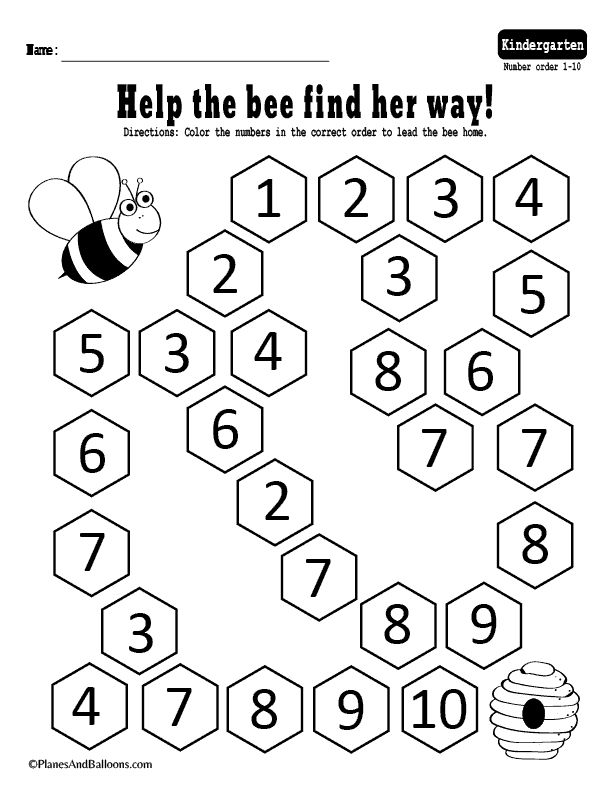
Content of the game: teacher divides the children into two teams. Two controllers at the board are watching the correctness of the answers: one - the first team, the second - the other team. By at the signal of the teacher, the students of the first team make several rhythmic inclinations right, left and count to themselves. On a signal from the teacher, they call the number in chorus slopes of the first team to a given number and keep score to themselves (for example, 6 - added, 1.7 - added 2.8 - added 3). Then they call a number completed slopes. According to the number of slopes performed by students of groups 1 and 2, and called the composition of the number. The teacher says: “Eight is…”, the students continue: "Five and Four". Controllers show green circles in their right hand if agree with the answer, red - if not. In case of an error, the exercise is repeated. Then the teacher offers the children of the second team, on a signal, do several squats, and the students of the first team complete squats to a given number.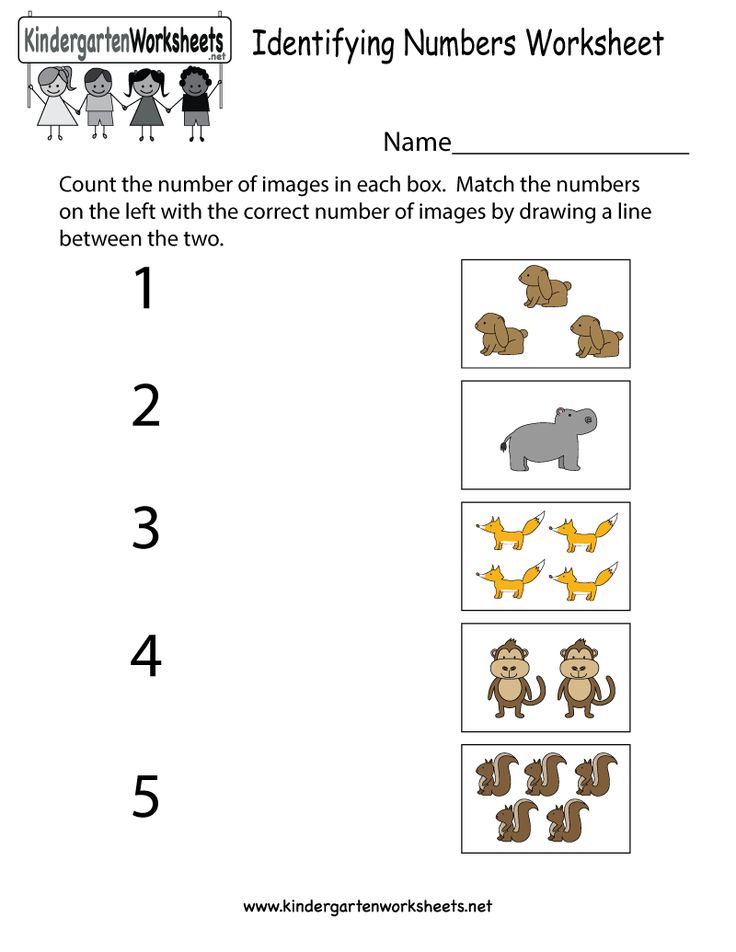 It is called the composition of the number. The composition of numbers based on cottons.
It is called the composition of the number. The composition of numbers based on cottons.
This game not only systematizes students' knowledge, but also carries elements of physical unloading, tk. uses exercise.
How many sticks are in the other hand?
Didactic goal: consolidation of knowledge of the decimal composition of two-digit numbers.
Teaching aids: a set of individual sticks and bundles of sticks.
Content of the game: the called student takes a bundle of sticks into one hand, and individual sticks - in the other hand and shows them to the class. Children guess their number and show a card with the corresponding number.
Then the task becomes more difficult: you have to guess how many individual sticks in hand, if in the other - a bunch, and make an example for addition. For example, a student took 15 sticks by placing a bunch of 10 sticks in his right hand and 5 individual sticks to the left. Children make an addition example 10 + 5 = 15
“Claps”
Purpose of the game: fixing knowledge of the decimal composition of two-digit numbers.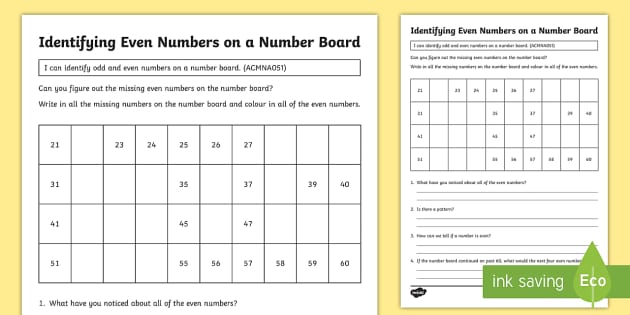
Teaching aids: a set of specific sticks and bundles sticks.
Content of the game: The teacher calls two children to the blackboard. The student on the right indicates units, and those on the right indicate tens. Teacher calls a two-digit number, the right student claps indicates the number of units in this number, and the left one is the number of tens. All other students play the role controllers. They honk if the decimal composition of the number is shown by the students wrong.
Knock-knock
within 20.
Teaching aids: the board shows a table with two digits:
| Tens | Units |
|
|
|
Content of the game: the teacher silently taps the pointer once a tens place and several times in units place.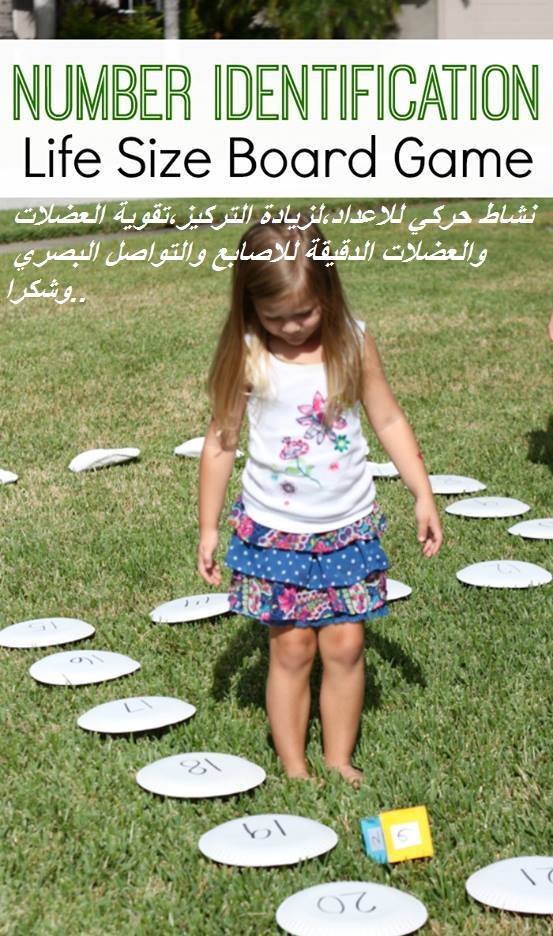 Children listen carefully and show the teacher the corresponding number on the number card.
Children listen carefully and show the teacher the corresponding number on the number card.
To strengthen counting skills, you can offer the game “Listen and count" :
Content of the game: each student has a set of cards with numbers from 1 to 10. The teacher has a stick with which he hits some an object that makes a loud sound a certain number of times. All students must immediately raise and show a card with a number corresponding to the number blows.
It can be agreed that the players, having heard blows, should raise a card with a missing number, for example, up to ten (there were three hits, pick up the card with the number 7). Then another rule is set: show you need not a number corresponding to the number of strokes, but two adjacent numbers - a smaller one and more. You can offer another version of the game: the teacher first hits with a stick in one subject 8 times, and in another - 3 times. This means that students must subtract three from eight and show a card with the number 5. The game requires silence and attention, so you can offer the guys, listening to the number of strokes, close your eyes.
The game requires silence and attention, so you can offer the guys, listening to the number of strokes, close your eyes.
"Name the neighbors of the number"
This game allows you to each number of the first hundred should not be considered in isolation, but in connection with the previous one and the next number.
Teaching aids: ball or two balls - large and small (or different colors).
Content of the game: the teacher throws the ball first to one, then to another to the participant of the game, and those, returning the ball, answer the question of the teacher. Throwing the ball the teacher calls a number, for example twenty-one, the player must name adjacent numbers -20 and 22 (necessarily first smaller, then larger).
Another, more complex version of the game is also possible. Returning the ball playing must first subtract one from the number named by the teacher, then add the resulting difference to it. For example, the teacher called the number 11, and the player must name the numbers 10 (11-1=10) and 21 (11+10=21).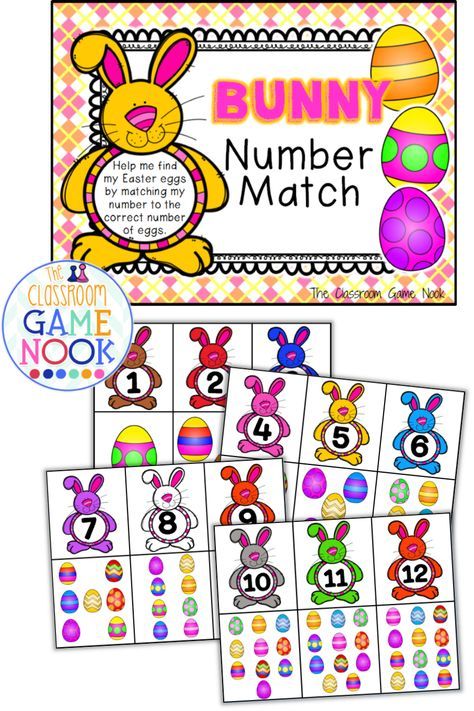
This game can be played with two balls: a large one and a small one. (or different colors). When the teacher throws a big ball, the respondent must, to for example, add 9 and return the ball back, and when it is small, then subtract 3. Here, children not only count, but also develop attention so as not to confuse actions.
“Who can count faster?”
The game develops vigilance, Attention.
Content of the game: two identical posters, on which the numbers are written in random order. For example, from 61 to 90 (from 11 to 30, etc.). For example, you need to name and indicate on the table by in order, all numbers from 61 to 90. You can compete with two teams, one at a time. person from each. Then the winners compete among themselves and is determined best counter.
Poster example:
| 90 | 75 | 71 | 63 | 66 |
| 67 | 82 | 86 | 68 | 76 |
| 87 | 61 | 73 | 89 | 81 |
| 74 | 88 | 65 | 77 | 84 |
| 80 | 69 | 78 | 62 | 70 |
| 64 | 83 | 72 | 79 | 85 |
The following games can also be offered at the consolidation stage:
Riddle
Didactic goal: fix the numbering of numbers within 100; decimal composition of the number.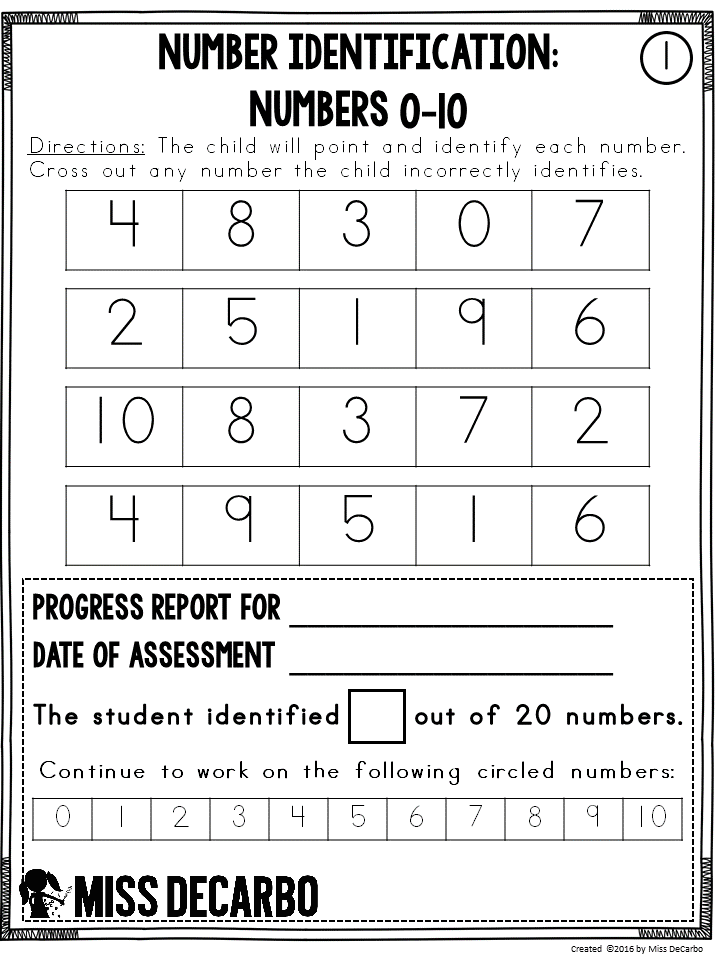
Content of the game: the teacher makes a riddle "Silver drank a fork in the sky. Who is brave with a thread of white sky sewed, but hurried: fluffed the tail of the thread? Replace the number with tens and ones and find in the table letters. Read the word and write it down.
|
| 5 units | 6 units | 7 units |
| 3 dec. | K | D | H |
| Dec 7 | T | L | M |
| Dec 9 | and | Yu | Yo |
Answer: pilot.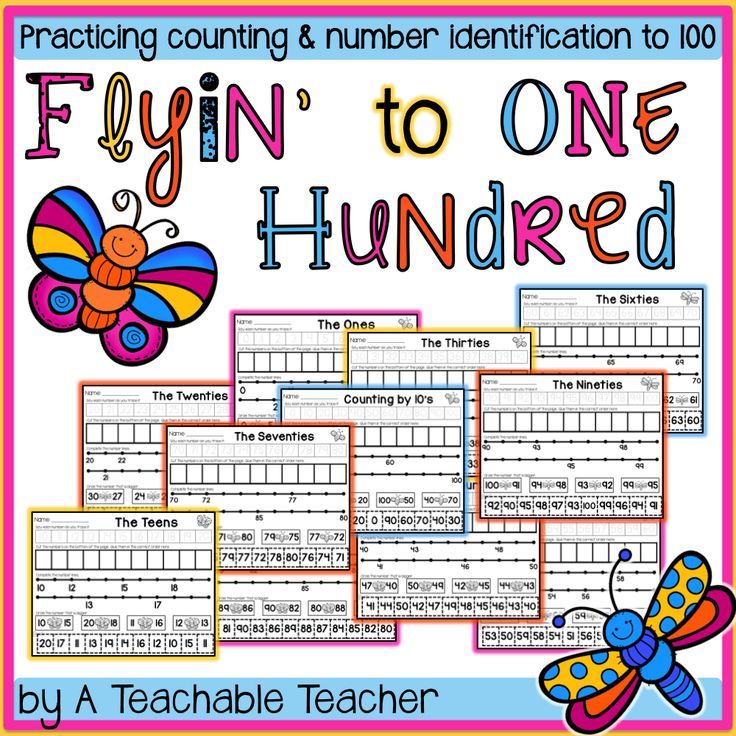
Gnome
Didactic purpose: to consolidate the ability of children to replace a two-digit number with the sum of its bit terms.
Contents of the game: Help the dwarf find his way home. Where go: forward or backward - this is what the numbers say. Replace each number with the sum bit terms and find the letter in the table. Make up a word, read it.
|
| 4 | 5 | 7 |
| 80 | B | Yo | P |
| 50 | D | P | M |
| 20 | O | O | E |
Answer: forward.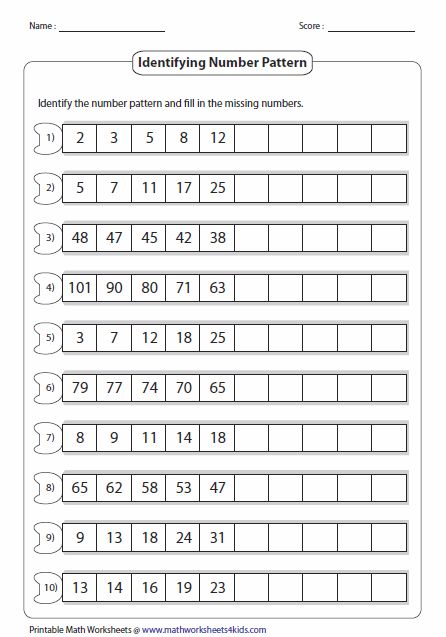
"In order of numbers"
Didactic goal: consolidation order of numbers in counting.
Content of the game: two teams of 10 line up ranks facing the class. The host has two sets of cards of different colors with numbers from 1 to 10 (you can use any number options). Before the game the host shuffles the cards of each set and attaches one to the back playing. None of the players knows what number is on their card. Learn it each can only have his neighbor. At the signal, the players of the teams must line up so that the numbers on their cards are in order. Team, The one who completes the task faster and more accurately wins.
Runaway numbers
Didactic goal: mastering the order of the numbers in the natural series.
Material of the game: tablets with numbers.
The teacher hangs ready-made tables on the board (or draws them on the board), in the empty cells of which you need to enter the missing numbers. Students must determine the pattern in the recording of numbers and enter the necessary ones. Teacher says: “Here each number lives in its own house. But you see that some the houses are empty - numbers have escaped from them. What are these numbers? We need to think and return fugitives to their homes." The one who inserts the numbers correctly wins.
Teacher says: “Here each number lives in its own house. But you see that some the houses are empty - numbers have escaped from them. What are these numbers? We need to think and return fugitives to their homes." The one who inserts the numbers correctly wins.
"Fishermen"
Didactic goal: analysis of single and double digit numbers.
Content of the game: a pond is depicted on the typesetting canvas; in the slots of the canvas are inserted images of fish, on which two-digit and single digits. Two teams of 4 people each compete. Alternately each member of the team “catches a fish” (calls the number loudly) and spends it analysis: how many characters are in a number, its place in a number series, parsing numbers by decimal composition. If all answers are correct, then he caught a fish (takes it), if not, the fish broke. The team that catches the most fish wins.
"Fight for the number"
Didactic goal: fixing the order of numbers.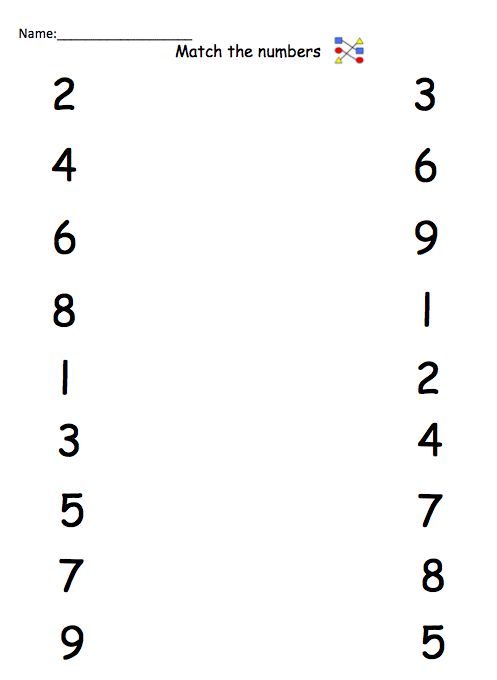
Teaching aids: two large sheets of thick paper, on which are written in different colors large numbers.
Content of the game: in front of each table there is one of students. The teacher asks to say out loud the numbers in order from 1 to 24 and from 52 up to 75, simultaneously showing each of them on the table. The one who is faster call the numbers, it is considered the winner. Several steam.
Table example:
| 14 | 8 | 12 | 4 |
| 10 | 23 | 1 | 15 |
| 3 | 17 | 21 | 7 |
| 19 | 6 | 9 | 11 |
| 24 | 2 | 16 | 22 |
| 13 | 20 | 5 | 18 |
| 65 | 59 | 63 | 55 |
| 61 | 74 | 52 | 66 |
| 54 | 68 | 72 | 58 |
| 70 | 57 | 60 | 62 |
| 75 | 53 | 67 | 73 |
| 64 | 71 | 56 | 69 |
With these games in the learning process not only consolidated the knowledge of students, but also students' attention is activated. With the help of the game "Merry Account" developed as well as the visual perception of children.
With the help of the game "Merry Account" developed as well as the visual perception of children.
Numeric
Most nouns are countable and have singular (for one thing) and plural (for several or many things):
| Singular | Plural |
How the plural forms are formed (note the possible alternation of stress):
for masculine nouns
if a noun in the singular ends in a consonant (except k, r, x, zh, w, -sh, h) or –a, then in the plural it ends in –ы
| ______ acc. (except k, g, x, f, w, -u, h) + -S ______a → ______S | ||
| units h. he | pl. h. they | |
| orange | oranges | |
| mushroom | mushrooms | |
| suit | suits | |
| table | tables | |
| computer | computers | |
| soldier | soldiers | |
| male | men | |
| male | dads | |
if the singular noun ends in the consonant k, r, x, zh, sh, -u, h, -y, -y or -y, then in the plural it has the ending -i
| ______k + -I ______g + -I ______x + -I ______f + -I _____sh + -i _____u + -i ______h + -I ______ь →______И ______th → ______I ______me → ______and | ||
units h.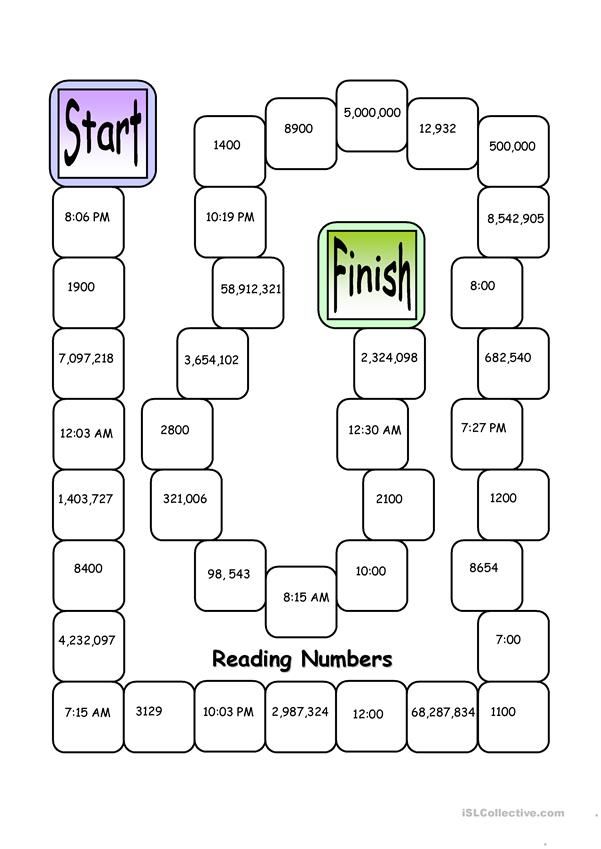 he he | pl. h. they | |
| textbook | textbooks | |
| rhinoceros | rhinos | |
| verse | verses | |
| knife | knives | |
| pencil | pencils | |
| fellow | comrades | |
| doctor | doctors | |
| pigeon | pigeons | |
| museum | museums | |
| uncle | uncles | |
*Remember:

